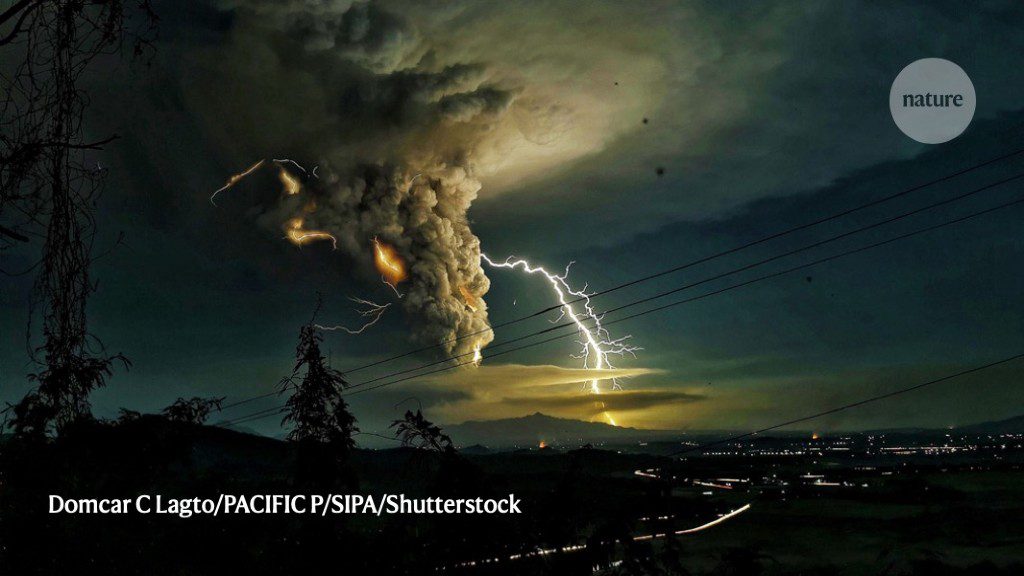Hurricanes and tornadoes are highly powerful natural disasters that can cause significant loss of life and property damage. A hurricane is a tropical cyclone that spans around hundreds of miles, lasts for days, and moves towards land. In contrast, a tornado is a rapidly rotating column of air that forms over land, lasts a shorter period of time, and is smaller in comparison to hurricanes. Both types of storms can be highly destructive, but hurricanes are more prevalent in the Atlantic Ocean, Gulf of Mexico, and the Caribbean Sea, while tornadoes can form anywhere in the US, though the Great Plains has more likelihood of occurrence.
The Powerhouses of Nature: Hurricane vs. Tornado
Nature is a powerful force that can bring destruction and devastation. Hurricanes and tornadoes are two of the most powerful natural disasters that can cause loss of life and property damage. Although both are storms, they have different characteristics which set them apart from each other. In this article, we’ll compare and contrast hurricanes and tornadoes.
Definition
A hurricane is a tropical cyclone that forms over the ocean and moves toward land. It is a large-scale storm that can span hundreds of miles and last for days. A tornado, on the other hand, is a rapidly rotating column of air that forms over land and can travel for miles. It is usually smaller than a hurricane and lasts for a shorter period of time.
Formation
Hurricanes are formed over warm ocean water and require specific conditions such as warm air, low pressure, and the Coriolis effect to form. They start as a tropical disturbance and can intensify into a tropical depression, then a tropical storm, and eventually a hurricane. Tornadoes, on the other hand, are formed when cold and hot air collide. They can be created by thunderstorms or by hurricanes.
Size and Speed
Hurricanes can be enormous, with winds extending up to 200 miles per hour, and can span hundreds of miles. They move at a speed of around 15-20 miles per hour. Tornadoes, on the other hand, are much smaller than hurricanes and move much faster. They can have wind speeds of up to 300 miles per hour and can travel at speeds of up to 60 miles per hour.
Location
Hurricanes typically form in the Atlantic Ocean, Gulf of Mexico, and the Caribbean Sea. They can affect coastal areas, including the southeastern United States, the Caribbean Islands, and Central America. Tornadoes, on the other hand, can form anywhere in the United States, but are most prevalent in the Great Plains region.
Destruction and Impact
Both hurricanes and tornadoes can cause significant damage and loss of life. Hurricanes can produce storm surges and flooding, as well as high winds that can damage homes, buildings, and infrastructure. Tornadoes are known for their destructive power, with a small but intense area of destruction that can level buildings and homes. They can also produce hail and floods.
Preparation and Safety
Preparation is key when it comes to both hurricanes and tornadoes. For hurricanes, it is important to evacuate low-lying areas, secure windows and doors, and stock up on supplies such as food and water. For tornadoes, it is important to have a plan in place, to seek shelter in a sturdy building or underground, and to have a kit with essential supplies such as a first aid kit and a flashlight.
Conclusion
Both hurricanes and tornadoes are powerful natural disasters that can cause devastating damage and loss of life. Although they share some similarities, such as their potential for destruction, they also have distinct differences such as their size, location, and formation. By understanding the differences between these two storms, individuals can better prepare for and stay safe during extreme weather events.
